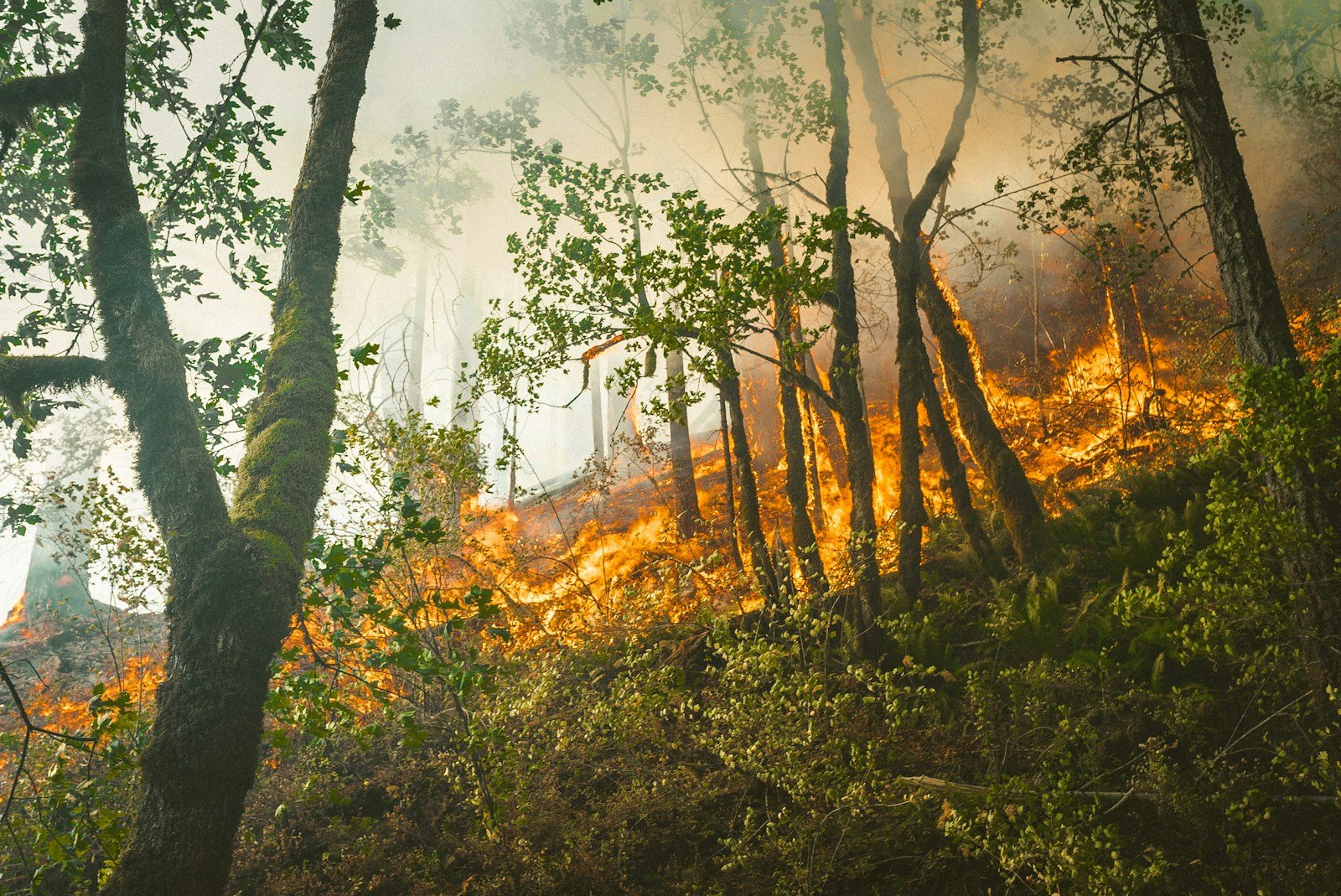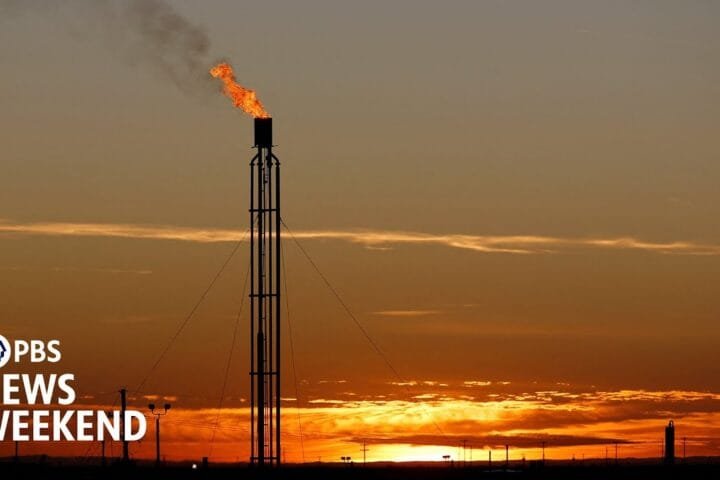Summary
- There was a 152% increase in wildfires in old-growth Amazon forest areas in 2023 due to prolonged drought, despite an overall decrease in deforestation.
- The fires have detrimental impacts on carbon storage, greenhouse gas emissions, public health, and forest resilience.
Although the rate of deforestation in the Brazilian Amazon fell in 2023, the region is faced with another challenge in the shape of fire affecting the native vegetation that has so far been spared destruction. An article published in the journal Global Change Biology warns that wildfires in old-growth forests rose 152% last year compared with 2022, despite a drop of 16% in the total number of fires throughout the Amazon and a 22% drop in deforestation.
In an analysis of satellite images, the authors detected a rise in forest wildfires from 13,477 in 2022 to 34,012 in 2023. The main cause was drought. The region has been experiencing longer and more frequent dry periods. There were prolonged droughts in 2010 and 2015-16, which left the forest more prone to fire and led to fragmentation of the plant cover. Another severe drought began last year and is still in progress, making the situation still worse.
“It’s important to understand the geographic pattern of these fires. Each of the areas concerned requires a different response. Our analysis pointed to more fires in old-growth forest areas than in previous years, which is alarming not just because of the loss of vegetation, which is invariably followed by deforestation, but also because the carbon stored by the forest becomes carbon emissions when it burns,” said Guilherme Augusto Verola Mataveli, corresponding author of the article and a remote sensing specialist with INPE’s Earth Observation and Geoinformatics Division.





